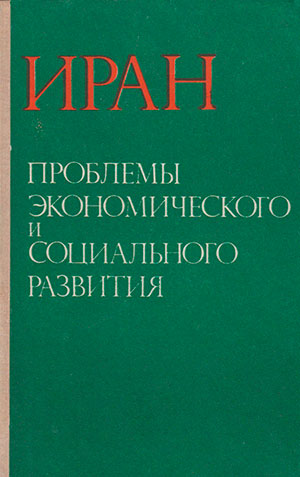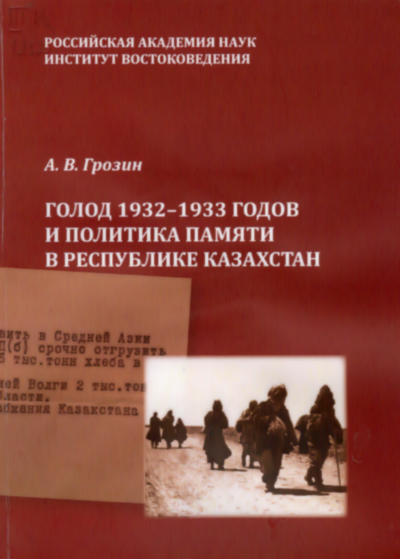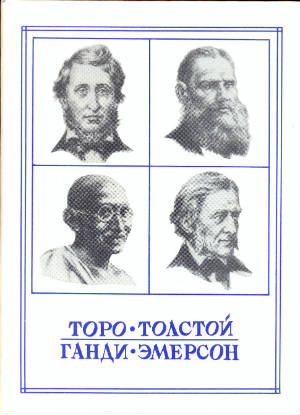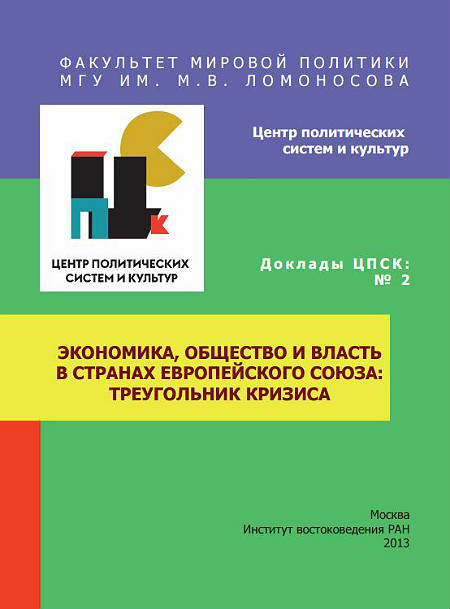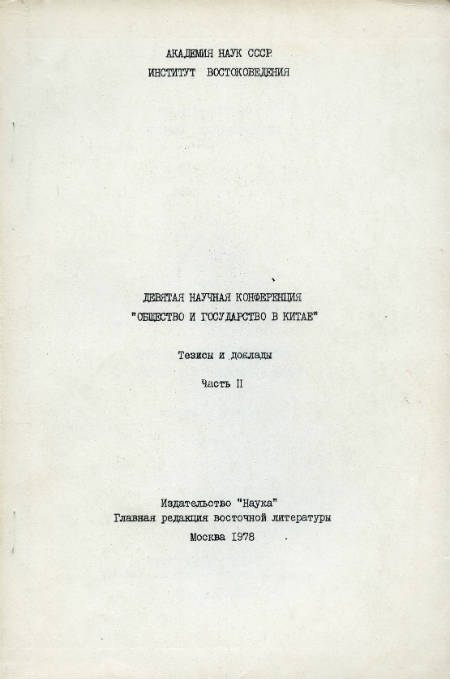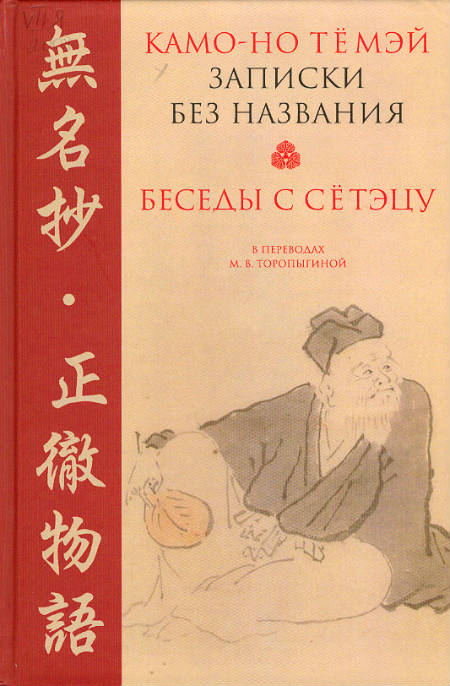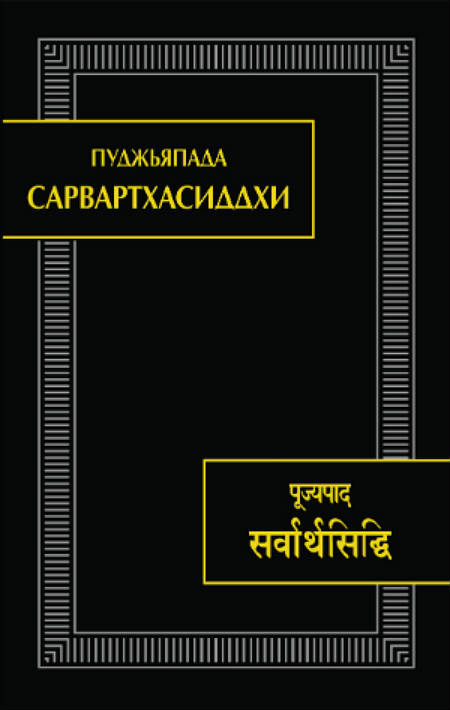Book
Sarvārthasiddhi / Pūjyapāda
Translator: Zheleznova Natalia
Institute of Oriental Studies of the Russian Academy of Sciences, ,
Москва, 2015, 390 p.
This is the first Russian translation of the main Digambara Pūjyapāda’s commentary Sarvārthasiddhi (V-VI) on Umasvati’s Tattvārtha-sūtra (III-IV) in the Russian Indology. The book consists of an Introduction, a complete commented translation from Sanskrit into Russian, the Glossary of Sanskrit Terms, Bibliography, Indices of Names and Texts.
The Introduction shows the distinctive features of the main stages of the formation of the Jain textual philosophical and religious traditions from early Jain Sangha till Pūjyapāda, gives the historical information about the life of the Sarvārthasiddhi’s author and his role in the history of Digambara tradition, and describes the place of the treatise in the context of not only Jain commentary literature, but Sanskrit philosophical commentaries as well. In the Introduction the principles of the translation’s strategy are explained also. Pūjyapāda’s text consists of ten chapters-adhyāya, each of them gives the details of the Jain doctrine (often in a polemic with representatives of other Indian philosophical schools) through examination of the major categories.
The first adhyāya is dedicated to the detailed explanation of the natural characteristics of the soul – right knowledge (jñāna) and right vision (darśana) which together with right conduct constitute the path of liberation (mokşamārga). The author gives the full exposition of the seven basic categories of Jain doctrine which are the object of the knowledge itself. At the same time in the commentary there is an extensive analysis of the different methods and means to get true knowledge through sensory, scriptural knowledge, clairvoyance, telepathy and omniscience. Pūjyapāda clarify the peculiarity of Jain approach to the cognition by giving the examples of the famous Jain seven standpoints because only multilateral method of the description of the diversified reality makes the possibility to perceive the real state as it is. Here the author takes into consideration soul on fourteen parameters and in accordance with the fourteen stages of spiritual self-improvement: a detailed explication of these calculations form a significant part of the adhyāya.
The second chapter deals with category of soul, it nature, different conditions and types of living being. In this adhyāya the distinctive characteristic of the soul, viz. the subsidential, the destructional, the destruction-cum-subsidential, the fruitional and the inherent are explained. It is stated that consciousness is the differentia of the soul. In order to explicit the distinction of the liberated soul from transmigrating ones the commentator provides the full description of the five cycles of transmigration and different types of rational and irrational being which are can be mobile and immobile. Besides that the souls differ from each other according to the numbers of the senses. Pūjyapāda pays special attention to the clarification of the concept of the body in Jain Philosophy with special interest is attracted to five kinds of the body: the gross, the transformable, the projectable, the luminous and the karmic.
The Lower and the Middle Worlds are the objects of the third adhyāya. It includes the description of the infernal regions along with details about their lifetime and kinds of sufferings. The remarkable and extensive picture of the Middle World encompasses the names and the length of the continents, oceans, mountain chains, lakes on the mountains and rivers. This region of the universe is of two sorts of land – land of labour and land of enjoyment. The first one is determined by two aeons, viz. the ascending and the descending cycles of time. There is no change in the second type of the land. Human region is inhabited by human beings of two types – Aryans and Mlecchas. Pūjyapāda specifies the minimum and the maximum lifetime of human beings and animals.
In the forth adhyāya the author commenting the sutras gives the detailed explication of the four orders of celestial being along with theirs subclasses. It includes the characteristic differences of their levels, nature of happiness, thought-complexions and duration of their lifetime.
The fifth adhyāya is dedicated to the category of the non-living (ajiva) including material (pudgala) and non-material substances: media of motion and rest and space. The commentator analyses the functions of the substances, their spatial units and pervasion of space by them. The most important part of this adhyāya is devoted to the matter – its forms: atoms and their combinations. Concluding this consideration on the field of philosophy Pūjyapāda gives another definition of substance, its attributes and modes.
Influx of karma is a main topic of the sixth adhyāya. From its beginning up to the end of the Sarvārthasiddhi the main subject of the text is the ethical doctrine of Jainism which gives the answers on questions like what the causes of the karmic influx are, how many kinds of karmic matter exist and so on. This chapter discusses the different types of activity and the certain species of karma determining the level of existence.
In the next adhyāya Pūjyapāda explains how the vows of householder and homeless ascetic should be understood and followed in a proper way. In order to avoid transgressions of the vows the contemplations on the consequences of the sins must be considered.
The eighth adhyāya tells about bondage of karma, its causes, types, duration and fruition. The author pays special attention to refute other views of bondage. The peculiarity of Jain philosophy is elucidated through the explanation of mechanism of karmic particles’ pervasion into the spiritual substance. It is important because karma constitutes both merit and demerit of the soul.
In order to make understood the process of self realization Pūjyapāda gives an extended analysis of mechanism of stoppage and shedding of karma in the ninth adhyāya. The Jain approach to the austerity is detailed through description of different types of external and internal asceticism. According to Jain doctrine meditation is crucial in the shedding of karmic matter. So the four types of concentration, viz. the sorrowful, the cruel, the virtuous and the pure are explained thoroughly.
The last, short adhyāya is devoted to the omniscience which means liberation. Having realized its own nature and having become free from karmic matter soul soars hurtles to the end of the universe. Pūjyapāda concludes his commentary by giving the distinctions among the liberated souls.
To make reading the Tattvārtha-sūtra and the Sarvārthasiddhi easier, the book includes a Glossary of Basic Sanskrit Terms, and Indices of units of space and time.


